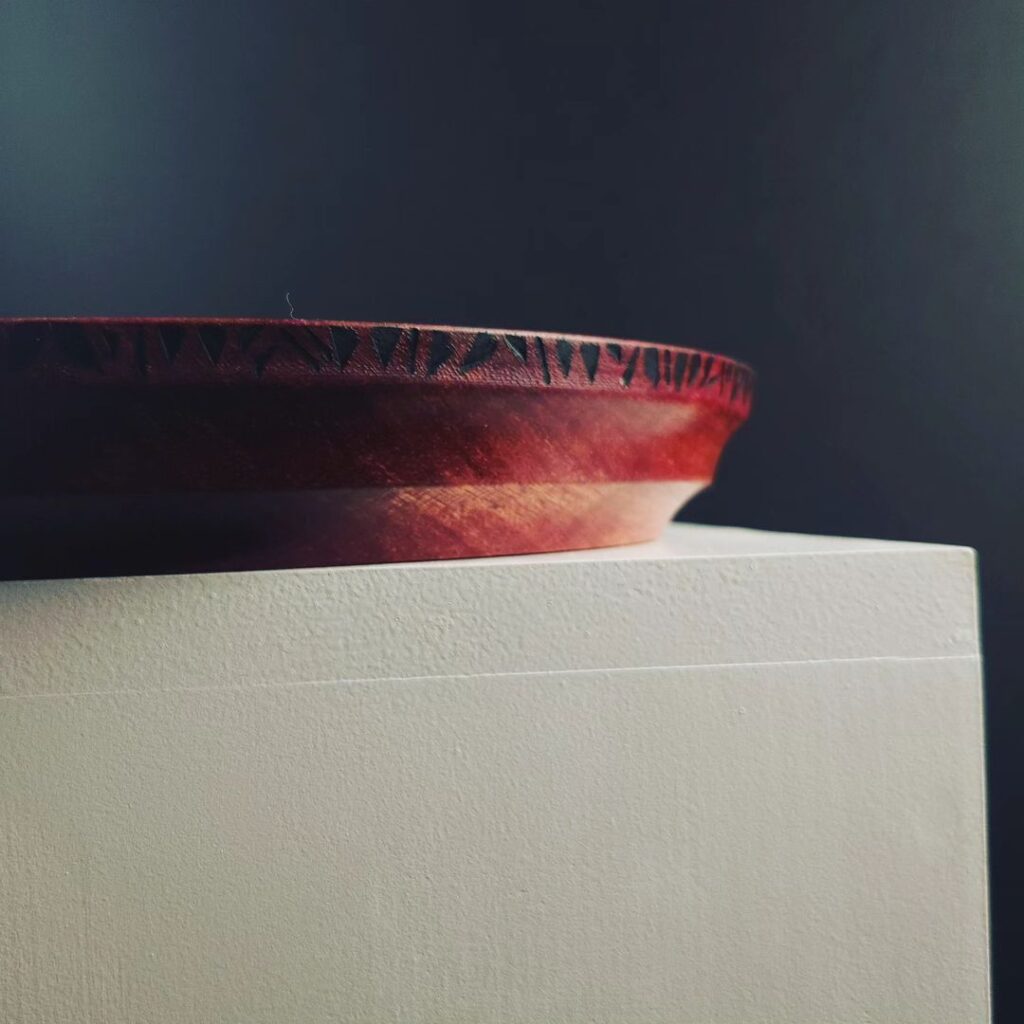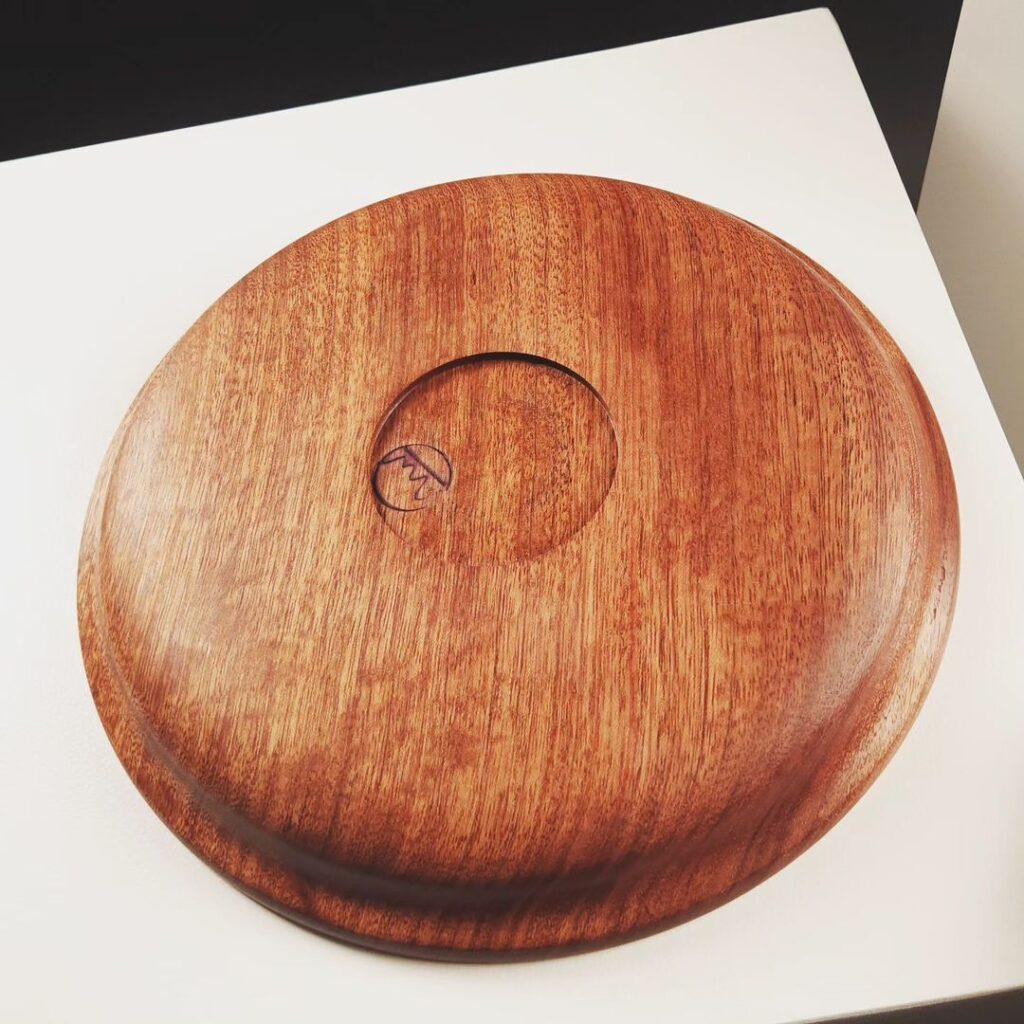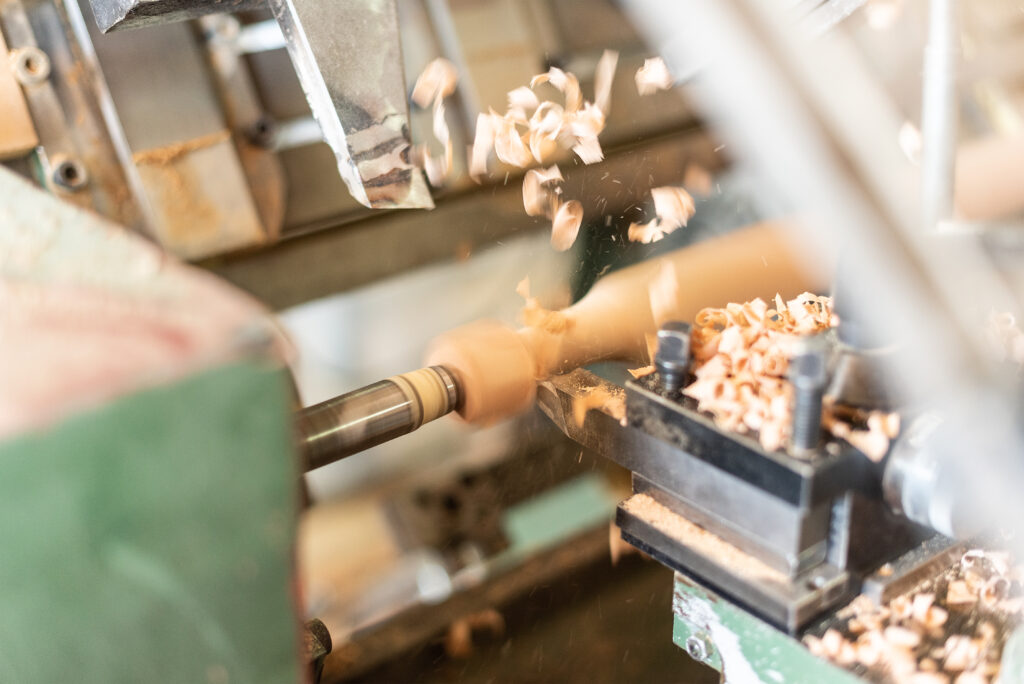Welcome back to my Sunday blog series! This week, I’m diving into another stunning wood that I use in my projects. Today, let’s talk about Bloodwood—a vibrant, exotic hardwood that truly lives up to its name.
What Makes Bloodwood Unique?
Bloodwood (Brosimum rubescens) is a dense, durable hardwood prized for its deep, rich red color that looks like polished crimson.
It’s native to Central and South America, particularly in regions like Brazil, where it thrives in tropical forests.
Common Names: Satine, Cardinal Wood
Best Uses: Inlays and fine furniture
Hardness: 2,960 lbf (Janka scale), making it one of the hardest woods available
Unique Trait: Its color stays vibrant for years with proper care, unlike many other redwoods that darken over time.

Why I Use Bloodwood for My Products
Bloodwood is perfect for items like cutting boards, charcuterie boards, and bowls because of its:
1. Vivid Appearance: Its stunning red tones create eye-catching pieces that stand out in any kitchen or dining room.
2. Strength: With a hardness nearly twice that of oak, Bloodwood is incredibly durable, making it resistant to knife marks and wear.
3. Fine Finish: The wood’s natural luster gives products a polished, elegant look that doesn’t need heavy finishes.

Fun Facts About Bloodwood
The name “Bloodwood” comes from its vibrant red color, which resembles blood.
It’s commonly used in high-end musical instruments for its tonal quality and beauty.
Bloodwood dust is known for its distinctive smell, which many woodworkers describe as sweet and earthy.
Caring for Bloodwood Products
To keep your Bloodwood items in top shape:
Clean them with a damp cloth and mild soap after use.
Apply a food-safe oil, like mineral oil, regularly to maintain the wood’s vibrant color and texture.
Avoid prolonged exposure to direct sunlight to prevent any fading or drying.

Sunday Series: Keep Learning About Unique Woods!
I hope you enjoyed learning about Bloodwood!
Each Sunday, I’ll introduce you to another incredible wood, giving you insights into its unique qualities and why it’s used for the wooden craft.
Leave a Reply